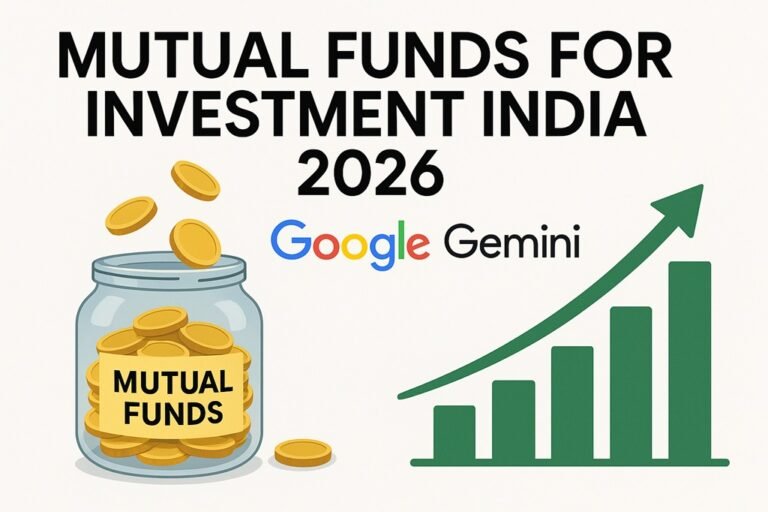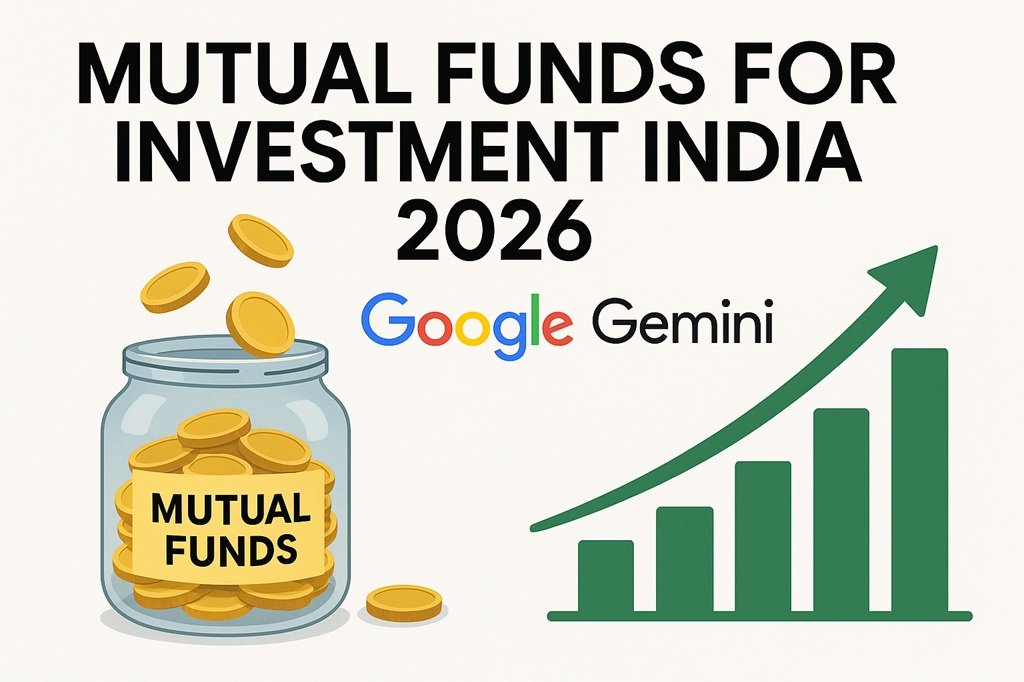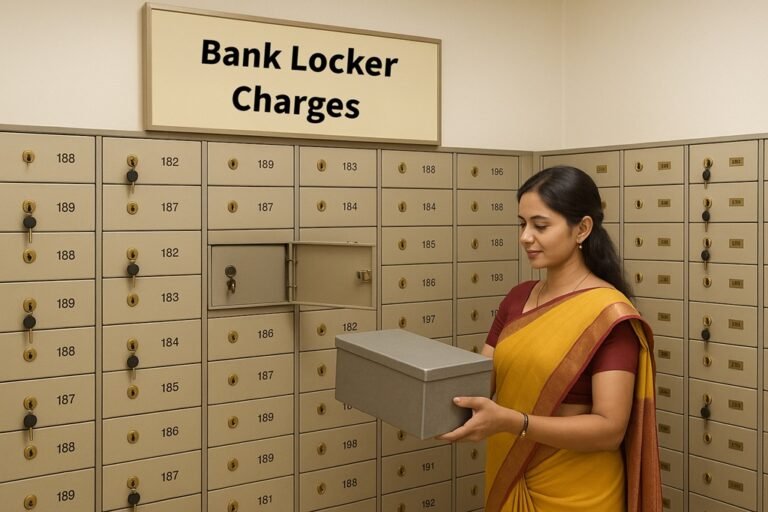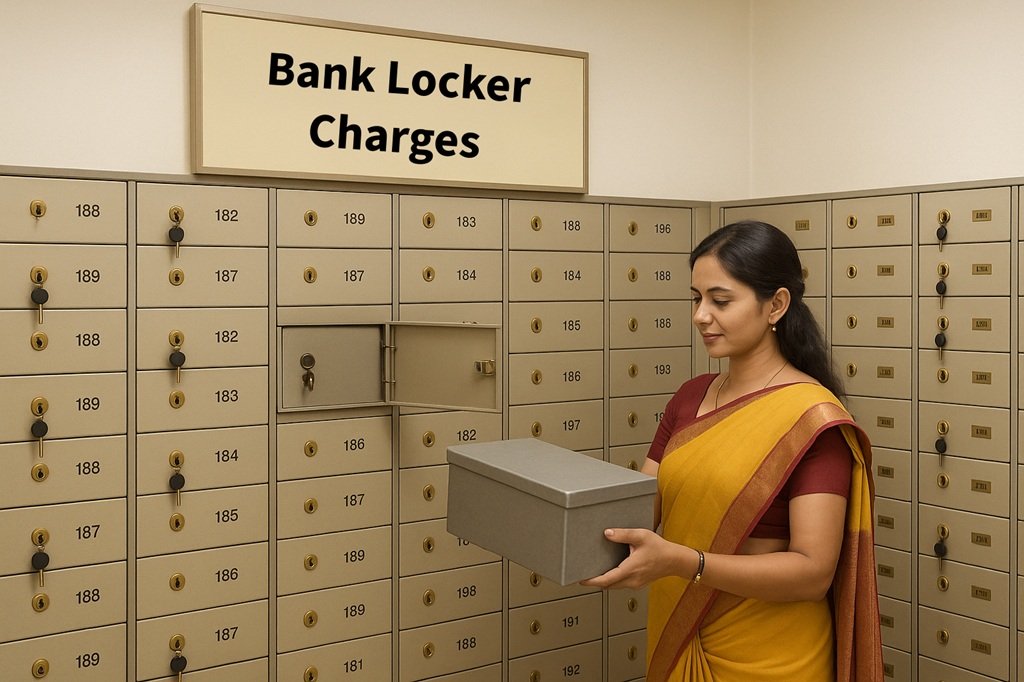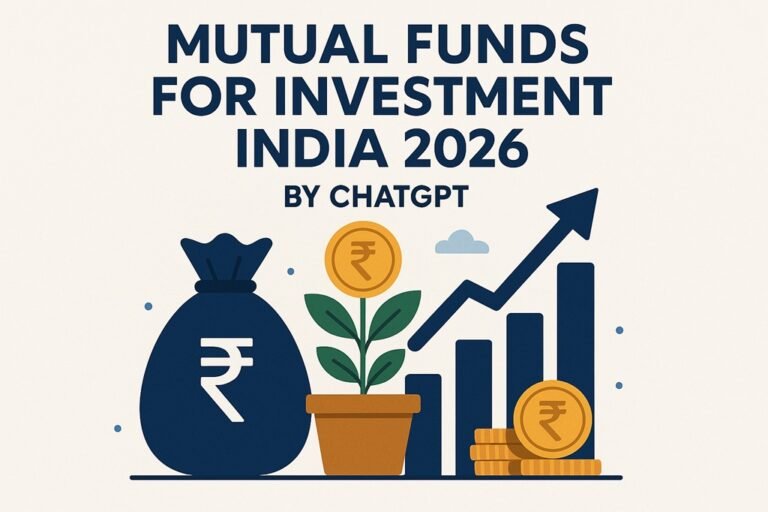2026 isn’t just “another year.” Interest rates are finally stabilizing after the roller-coaster of 2023-2025, inflation is tamed but not dead, AI spending is going parabolic, and India’s about to get a massive infrastructure push. Translation? Old-school large-cap heavy funds might snooze while newer themes wake up and party.
Picking the best mutual funds to invest in 2026 means looking forward, not backward at 10-year returns that include the COVID crash and rebound sugar rush.
So welcome to the only 2026 mutual-fund guide you’ll need.
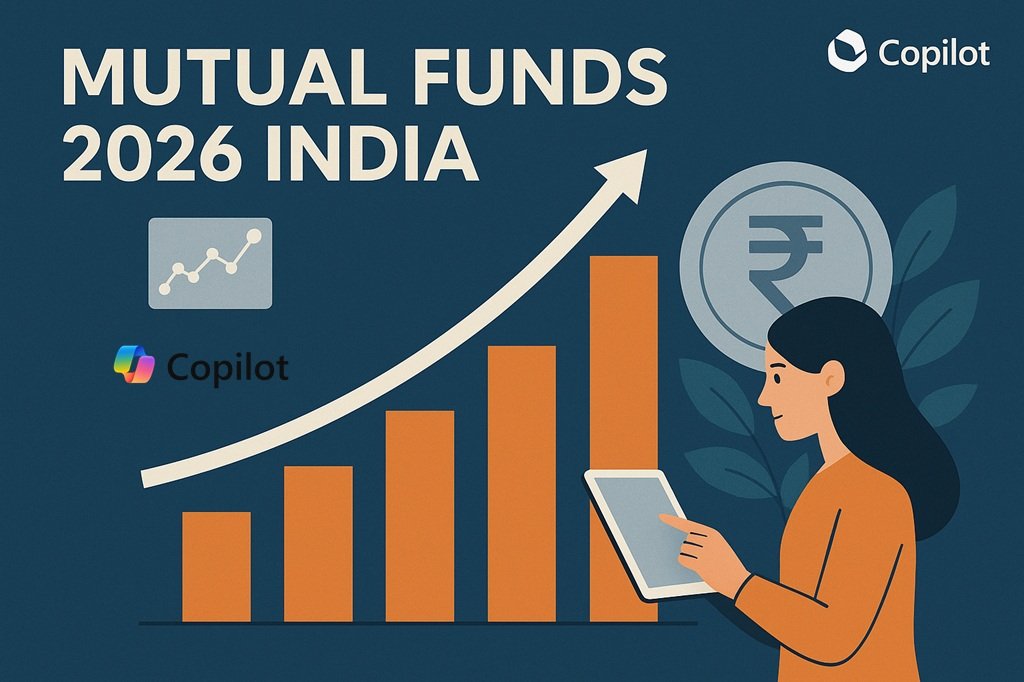
Best Mutual Funds to Invest in 2026 by Microsoft Copilot
Large Cap Funds (Stability + Consistency)
Large caps are highlighted as a core category for 2026 because they offer stability, lower volatility, and strong institutional backing, especially when markets are at elevated levels (Sensex 85,700).
Nippon India Large Cap Fund
Why Invest:
- One of the most consistent performers in the large‑cap category over multiple cycles.
- Strong benchmark‑beating track record driven by disciplined stock selection.
- High‑quality portfolio with a blend of market leaders across sectors.
- Suitable when valuations are high — provides downside protection.
HDFC Top 100 Fund
Why invest:
- Managed by HDFC AMC, known for conservative, fundamentals‑driven investing.
- Focuses on high‑conviction large‑cap names with strong earnings visibility.
- Historically resilient during market corrections.
- Aligns with 2026 guidance emphasizing stability and consistency.
ICICI Prudential Bluechip Fund
Why invest:
- One of the largest and most trusted large‑cap funds in India.
- Follows a disciplined, risk‑controlled investment framework.
- Strong fund manager pedigree (ICICI Pru is known for process‑driven investing).
- Ideal for long‑term wealth creation with lower volatility.
Flexi Cap Funds (All‑Weather Portfolios)
Flexi caps are recommended for 2026 because they can dynamically shift between large, mid, and small caps depending on valuations and opportunities.
Parag Parikh Flexi Cap Fund
Why Invest:
- Unique global + Indian equity exposure reduces domestic concentration risk.
- Value‑oriented philosophy helps avoid overvalued stocks — crucial in 2026.
- One of the most consistent wealth creators in the last decade.
- Strong downside protection due to conservative stock selection.
HDFC Flexi Cap Fund
Why Invest:
- Run by a veteran fund manager with a proven track record.
- Invests across market caps based on valuation comfort.
- Historically strong performance in both bull and bear phases.
- Fits 2026 guidance of choosing flexible, adaptable funds
Kotak Flexicap Fund
Why Invest:
- Balanced allocation across large, mid, and small caps.
- Strong research‑driven stock picking.
- Suitable for investors seeking stability + growth.
- Flexi caps are highlighted as a key category for 2026 SIPs.
Flexi caps are consistently recommended in 2026 category lists because of their ability to adapt to market cycles.
Mid Cap Funds (Growth + Reasonable Valuation)
Mid caps continue to be a strong structural story in India, but require a 5–7 year horizon.
Kotak Emerging Equity Fund
Why Invest:
- One of the most consistent mid‑cap performers over 10+ years.
- Large AUM indicates investor trust and liquidity.
- Focuses on fundamentally strong mid‑cap companies with scalable business models.
- Ideal for 5–7 year horizons.
Motilal Oswal Midcap Fund
Why Invest:
- Follows a focused investing approach (QGLP: Quality, Growth, Longevity, Price).
- Strong track record of identifying early‑stage compounders.
- Suitable for long‑term investors seeking high growth potential.
Axis Midcap Fund
Why Invest:
- Known for quality‑biased stock selection.
- Lower volatility compared to peers due to conservative approach.
- Good for investors who want mid‑cap exposure without excessive risk.
Mid caps are highlighted as a key category for 2026 SIPs due to strong earnings visibility.
Small Cap Funds (High Growth, High Risk)
Small caps are recommended in moderation (10–15%) because they offer high growth but also high volatility. They are part of 2026 category‑wise lists due to strong long‑term return potential.
SBI Small Cap Fund
Why Invest:
- One of the most consistent small‑cap funds in India.
- Strong risk management despite being in a volatile category.
- Focuses on fundamentally strong emerging companies.
- Ideal for long‑term SIPs.
Nippon India Small Cap Fund
Why Invest:
- One of the largest and best‑performing small‑cap funds.
- Broadly diversified portfolio reduces stock‑specific risk.
- Strong historical returns across market cycles.
- Suitable for aggressive investors with 7–10 year horizons.
Quant Small Cap Fund
Why Invest:
- Uses a unique data‑driven, dynamic asset allocation model.
- Has delivered exceptional returns in recent years.
- High‑conviction, high‑alpha strategy.
- Best suited for investors comfortable with volatility.
Small caps are mentioned as part of diversified 2026 mutual fund lists across portals.
Hybrid / Balanced Advantage Funds (Volatility Control)
Hybrid funds are recommended for 2026 because they help manage volatility when markets are at all‑time highs.
ICICI Prudential Balanced Advantage Fund
Why Invest:
- India’s most popular BAF with a proven dynamic asset allocation model.
- Automatically increases equity exposure when markets are cheap and reduces it when expensive.
- Ideal for investors seeking smoother returns.
- Perfect for 2026’s high‑valuation environment.
HDFC Balanced Advantage Fund
Why Invest:
- Uses a valuation‑driven model to manage equity‑debt mix.
- Strong downside protection during corrections.
- Suitable for conservative or moderate investors.
- Aligns with 2026 guidance on risk‑adjusted investing.
Hybrid funds are included in 2026 category‑wise recommendations for risk‑adjusted investing.
How These Funds Were Selected (Detailed Selection Method)
The selection framework is based on the criteria highlighted in 2026 mutual fund guides and expert analyses from the search results:
Consistency Over 3–5 Years
Financial portals emphasize evaluating funds based on multi‑year consistency rather than short‑term returns.
Fund Manager Track Record
Experienced managers with proven performance across cycles were prioritized.
Portfolio Quality
- High‑quality large caps
- Growth‑oriented mid/small caps
- Diversified flexi cap allocations
These are highlighted as key factors in 2026 mutual fund selection guides.
Risk‑Adjusted Returns
Metrics like Sharpe ratio, Sortino ratio, and downside capture were considered.
AUM Stability
Funds with stable and healthy AUMs were preferred to avoid liquidity risks.
Category Outlook for 2026
Search results indicate:
- Large caps = stability
- Flexi caps = adaptability
- Mid/small caps = structural growth
- Hybrid = volatility management
This aligns with the category‑wise lists published for 2026.
Why These Funds Make Sense in 2026 (Justification)
Markets Are at All‑Time Highs
Sensex at 85,700 means:
- Large caps reduce downside risk
- Flexi caps allow tactical allocation
- Hybrids cushion volatility
This is consistent with expert commentary that valuations are rich and volatility may rise.
India’s Growth Story Remains Strong
Search results highlight:
- Strong corporate earnings
- High retail participation
- Robust SIP flows
These support mid and small cap allocations for long‑term wealth creation.
Diversification Is Critical in 2026
Financial portals emphasize category‑wise diversification for 2026 investing.
SIPs Continue to Be the Best Strategy
SIPs help average out volatility, especially when markets are expensive—reinforced in 2026 SIP recommendations.
Disclaimer by Microsoft Copilot – I am an AI, not a SEBI-registered financial advisor. Mutual fund investments are subject to market risks. Past performance (even of the best funds) is not a guarantee of future returns. Please consult a financial advisor before investing.



